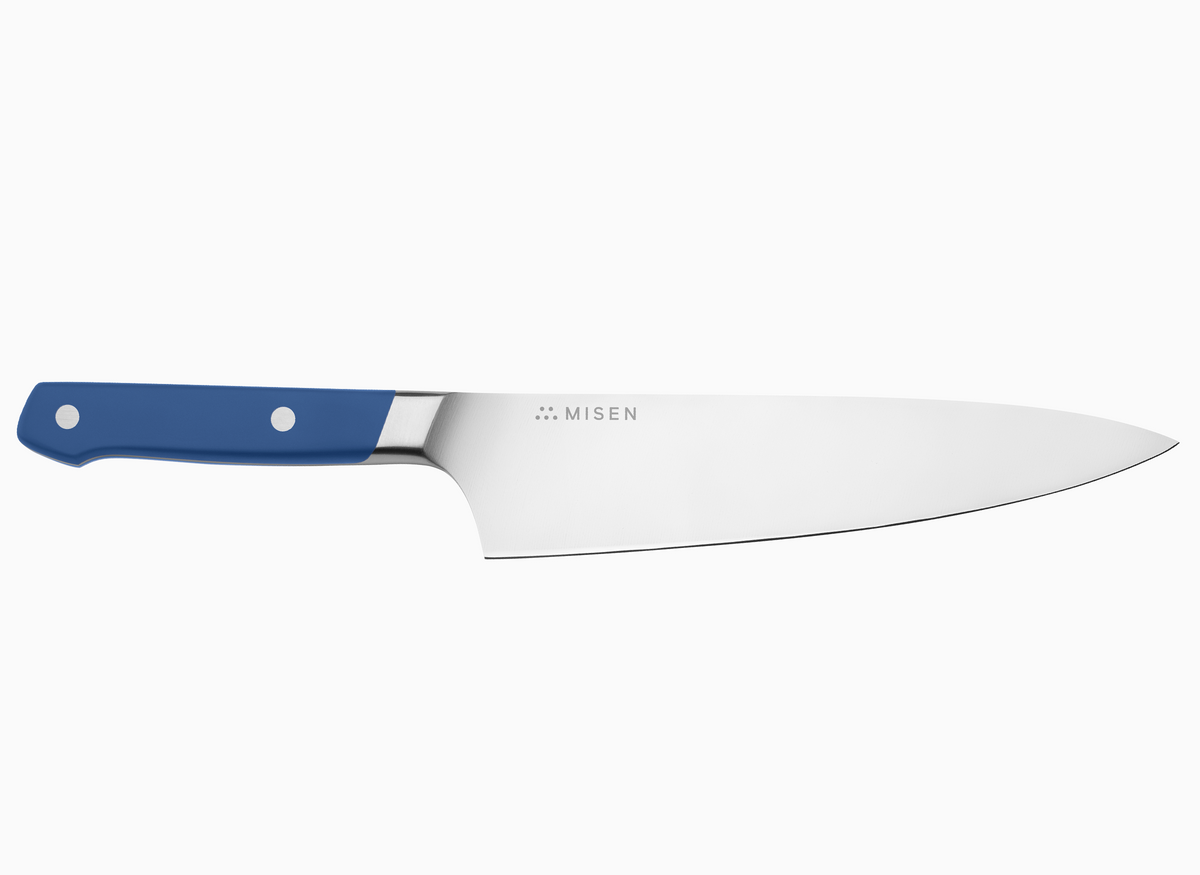The holidays are here, which means your oven is about to get a serious workout. Between baking cookies, roasting turkeys and hams, or making your signature crispy potatoes, it feels like it’s always on.
Now, your oven isn’t a liar exactly, but let’s just say it doesn’t have a great track record when it comes to cooking temperatures. Most ovens run 20-40 degrees off – and don’t even get us started on those sneaky hot spots that can leave your sugar cookies crispy on one side and pale on the other.
With one easy test and a few tricks, you can find your oven’s hot spots – and even use them to your advantage.
The Cheat Sheet: What You Need To Know
Short on time? Here’s the TL;DR:
1. Every Oven’s Different:
Do the bread test. It’ll reveal your oven's quirks, so you can rotate pans and position food for better results.
2. Treat It Like a Grill:
Hot spots can be your new best friend for crispier potatoes and perfectly golden-brown crust on your pecan pie.
3. Use The Right Cookware:
Flimsy pans can’t hold heat. Thicker ones are a game-changer for more even cooking.
Hot Spots Happen
Hot spots – those areas that run 20-30 degrees hotter than the rest of the oven – tend to form near to your heating elements and steel side walls. While it’s impossible to know exactly where yours are without a little testing, generally speaking, these are usual suspects:
1. Back of the Oven:
Hotter near the heating element in the back or where hot air enters, especially if there’s a fan.
2. Top Rack:
Heat rises, so the top third of your oven is often the warmest, unless you’ve got a convection fan.
3. Around the Heating Elements
• Electric Ovens: Near the visible coils
• Gas Ovens: Closer to the burner, usually at the bottom
• Bonus: Corner zones where the heating elements meet tend to get extra toasty
So what do you do?
The Bread Test: How To Find Your Oven’s Hot Spots
Think of this as a 4th grade science experiment but way easier (and with a slice of buttery toast as a reward). Using plain white bread, you can map out your oven’s heat zones like a pro. The bread acts like edible thermal paper, giving you sort of a visual map of the oven's heat zones.
Here's how:
1. Preheat your oven to 350°F (175°C)
2. Lay slices of white bread in a grid pattern directly on your oven rack. For less mess, use a sheet pan.
3. Repeat this for any rack in your oven you regularly cook on.
4. Let the bread toast for about 5-10 minutes, or until it starts to brown.
5. Pull out the racks and observe the browning pattern:
• Darkly toasted = hot zones
• Pale or untoasted areas = cooler zones
Boom. You’ve got your oven’s heat map!
Quick Hacks For Using Hot Spots to your Advantage
1. Single-Dish Cooking:
• Middle Rack: It’s the best spot for the most evenly-cooked meals
• Top Rack: For a crispier, golden finish (hello, golden brown baked ziti).
• Bottom Rack: Great for browning the bottom of a pizza or crispy fruit tart crusts
2. Multi-Rack Baking (Cookies, anyone?):
• Rotate pans between racks halfway through cooking.
• Swap their positions from front to back
3. Roasts, Birds, and Larger Items:
Position the thicker end of the roast near the hot zones to prevent overcooking the thinner parts.
4. Casseroles, One-Pot Bakes, and Brownies:
If the back of your oven runs hot, and the pan is small enough, turn it 90 degrees so the corners face front and back. This helps prevent burnt edges on nearly any baked good.
Level Up Your Cookware
Here’s the thing: even if you’ve got your hot spots figured out, thin, cheap, thin pans are working against you. They don’t hold heat well, which means uneven cooking and lots of temperature changes, no matter how well you did on the aforementioned bread test.
High-quality cookware, like our Misen 3-in-1 Roasting Pan or Enameled Cast Iron Braiser, makes a big difference. These pieces are designed to absorb and retain heat, giving you great results every time, even when the temperature in the oven shifts.
So, if you’re still using those hand-me-down pans, this is your sign to upgrade.
Pro Tips for Better Oven Control
Keeping your oven at the right temperature can be a challenge. But these two simple tricks actually make a big difference:
1. On Again, Off Again
Turn off your oven mid-cook, and then turn it back on. Why? Most ovens don’t show the actual cooking temperature, just the target. This trick forces it to recalibrate, so you’re working with accurate heat info.
2. Keep That Door Shut
Resist the urge to peek at that delicious roast chicken or pork butt! Every time you open the door, hot air escapes – up to 15 degrees in just a few seconds!





